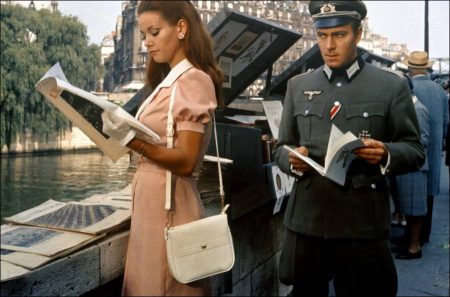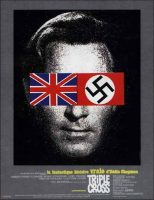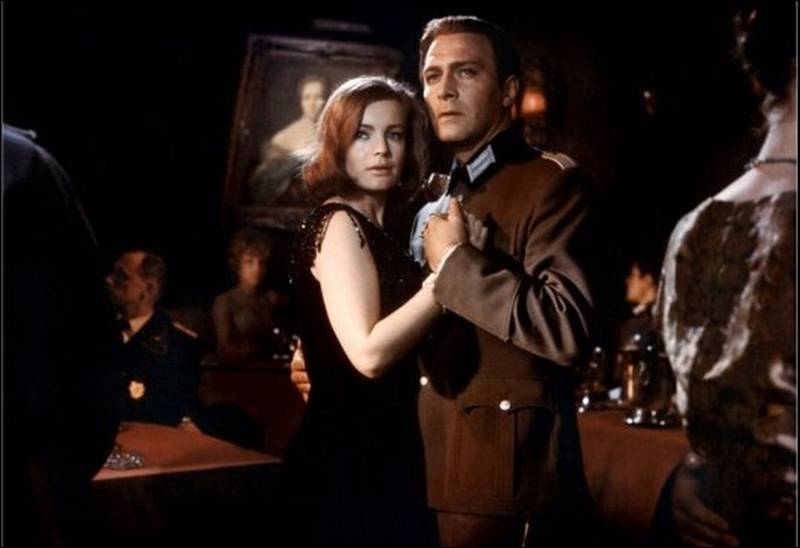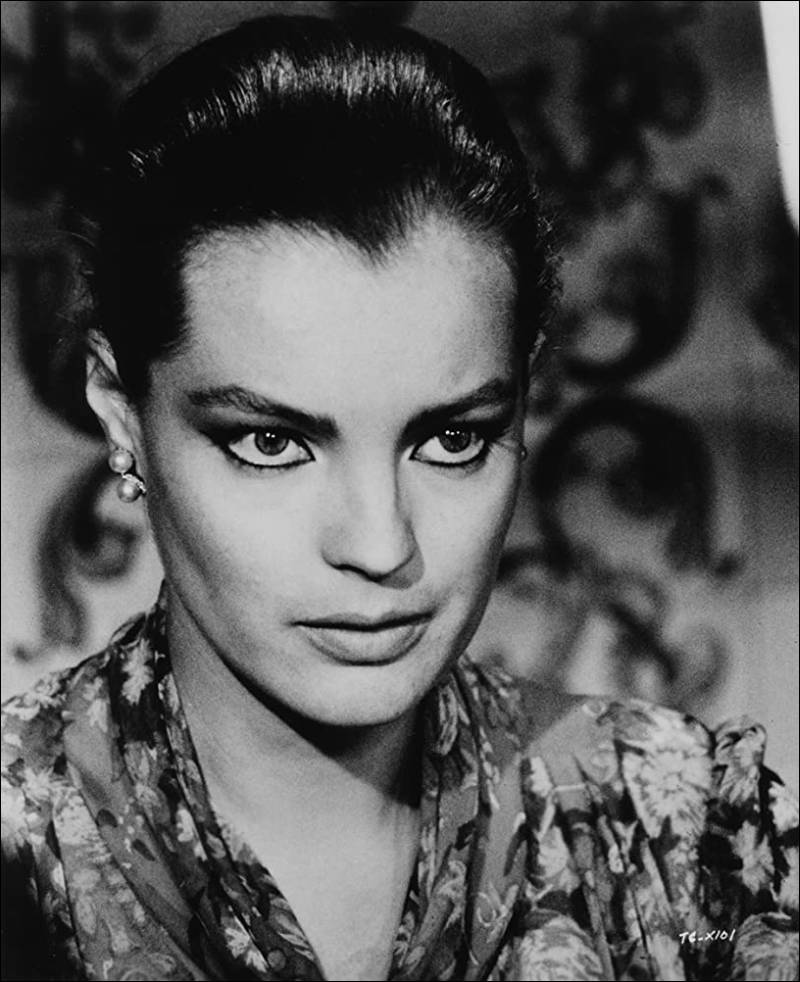Triple Cross movie storyline. Safecracker Eddie Chapman’s priorities in life are himself and carousing with beautiful women. In the first year of his possible fifteen year incarceration at a Jersey prison for a series of safecracking crimes committed in London, the Nazis take control of the island. With his special skill set, Eddie tries to negotiate working for the Nazis – for a fee and for his obvious release – against the British.
Although the Nazis do not fully trust him, especially Lieutenant Keller, they do come to an agreement. He specifically signs an exclusive contract with Baron Von Grunen, who will be his handler. The contract is so the Baron can retain control over Eddie. Eddie is given the code name Franz Grauman, and all electronic correspondence he is to end with “XXX” as a sign that he is all right.
That code becomes ironic as Eddie does enter into a triple cross as on first opportunity to makes a deal with the British to provide them with German intelligence in return for a full pardon on his prison sentence. This triple cross becomes an issue for all sides as Eddie tries to maneuver his way through what could be potentially enemy territory in France and Germany if the Germans ever found out his allegiance to the British.
His possible downfalls include trying to remember what he should and should not know as he talks to both sides, and his weakness for the opposite sex, most specifically a Frenchwoman named Paulette who he met at a transit camp in France and who has ties to the French resistance, and the Countess Helga Lindstrom, a Swede working for the Nazis.
Triple Cross is a 1966 Anglo-French war spy film directed by Terence Young and produced by Jacques-Paul Bertrand. It was released in France in December 1966 as La Fantastique histoire vraie d’Eddie Chapman, but elsewhere in Europe and the United States in 1967 as Terence Young’s Triple Cross. It was filmed in Eastman Color, print by Technicolor.
Triple Cross was based loosely on the real-life story of Eddie Chapman, believed by the Nazis to be their top spy in Great Britain, although he was actually an MI5 double agent known as “Zigzag”. The title of the film comes from Chapman’s signature to mark he was freely transmitting by radio, a Morse code XXX.
Another meaning of the title “Triple Cross” becomes clear in the final scene of the film. Chapman, sitting at a bar, is asked who he was really working for. In reply, he raises his glass in salute to his reflection in the mirror. Triple Cross is the second pairing of Terence Young and actress Claudine Auger. She was the leading James Bond girl in Thunderball (1965), which Young also directed.

About the Story
Early in the Second World War, debonair safecracker Eddie Chapman (Christopher Plummer) blows open a wall safe. Outside, a car is backfiring repeatedly and a marching band is passing, which mask the blast. Chapman casually removes some jewels from the safe and examines them for the choicest items. He leaves a card in the safe complimenting its owners for being victims of the “Gelignite Gang”. The gang pulls off a series of heists before Chapman is caught while on holiday on the island of Jersey, where he is imprisoned. After ten months, he sees German soldiers landing outside the prison and learns that war has broken out.
Chapman offers to work as a spy for the Germans, who are at first skeptical of his motives, but because of his unique qualifications they must consider it. They eventually fake his execution and smuggle him into occupied France where, working closely with his handler, Col. Baron von Grunen (Yul Brynner), he is trained to be a spy. He becomes romantically involved with a fellow spy known only as Countess (Romy Schneider), one of the agents who first interviewed him. He is closely watched by the dour Lt. Keller (Harry Meyen), who never trusts him. They are all watched by Col. Steinhager (Gert Fröbe), von Grunen’s immediate subordinate.
On his first mission Chapman is parachuted into England at night, but it turns out to be a test of his loyalty and he has actually been dropped close to the German spy school. He comes up with a plausible story to explain why it took him as long as it did to radio his German handlers. He is then dropped into England on an actual mission, but goes straight to the police and via them to the British military.
He shows his identity card and identifies several radio frequencies the Germans are using, which, since they already know some to be secret German war-use frequencies, convinces the British officials Chapman’s story is true. They negotiate with him: in return for working as a double agent for Britain he wants a full pardon for his crimes, £5,000, and a war commendation.
The Germans radio a message ordering Chapman to blow up the Vickers aircraft factory. The British use fake explosives and camouflage to make it seem like Chapman has been successful. His German handlers order him to return to Germany, where he learns that von Grunen has been sent to the Russian front and, because the tide of the war has turned against Germany, everyone is suspicious and afraid. He receives the Iron Cross for having accomplished his Vickers mission; and is able to get von Grunen recalled.
Triple Cross (1966)
Directed by: Terence Young
Starring: Christopher Plummer, Romy Schneider, Trevor Howard, Gert Fröbe, Claudine Auger, Yul Brynner, Harry Meyen, Georges Lycan, Jess Hahn, Gil Barber, Jean-Claude Bercq, Bernard Fresson
Screenplay by: René Hardy, William Marchant
Production Design by: René Renoux
Cinematography by: Henri Alekan
Film Editing by: Roger Dwyre
Art Direction by: Tony Roman
Makeup Department: Marie-Madeleine Paris
Music by: Georges Garvarentz
MPAA Rating: None.
Distributed by: Warner Bros. Pictures
Release Date: December 9, 1966 (France), July 19, 1967 (United States)
Views: 310










